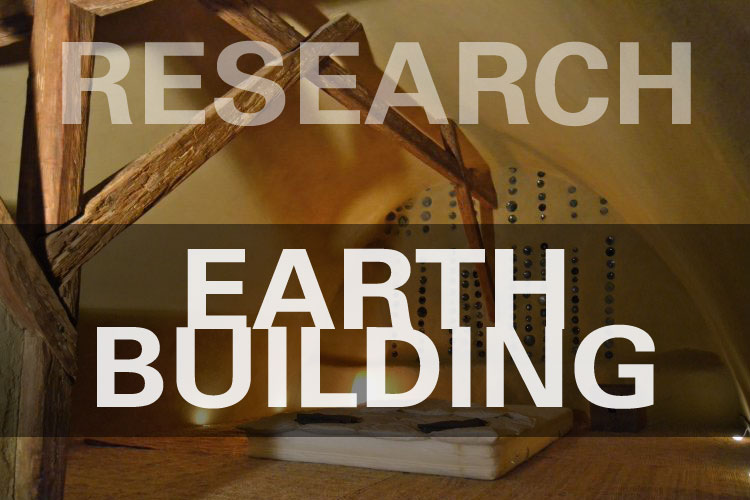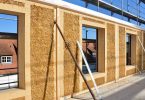The development of innovative materials has to respond to both environmental and energy concerns. Bio-based materials are relevant because they are made from renewable raw materials and are carbon neutral. Similarly, unprocessed earth has very low embodied energy. In this paper, the basic hygrothermal properties of straw-clay samples provided by two French companies were determined. Mixes with densities lower than 450 kg/m³ would be suitable for use as self-insulating material in current construction. In addition, the material showed a high sorption capacity and very high water vapour permeability. The measurements were then implemented in a numerical model in order to simulate the hygric response of a small room. The straw-clay mixture was found to have a moisture buffering effect of the same magnitude as walls made of hemp concrete and largely higher than conventional walls. The influence of various indoor finishing materials was investigated through additional simulations.
Authors: Labat, Matthieu; Magniont, Camille; Oudhof, Nicolaas; Aubert, Jean-Emmanuel
Link: http://www.sciencedirect.com/science/article/pii/S0360132315302018




